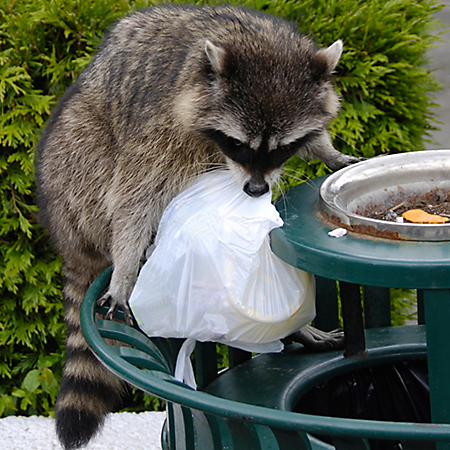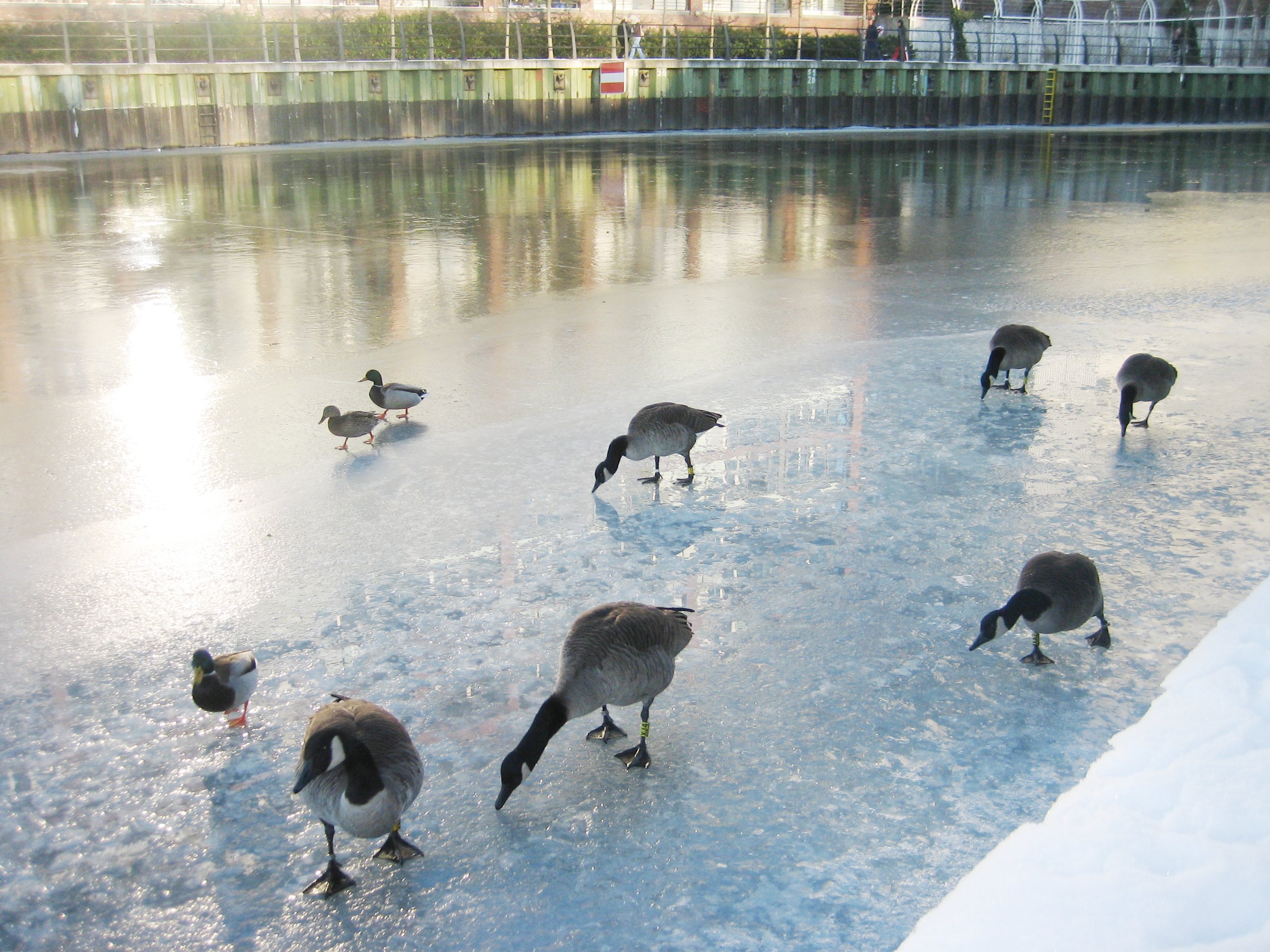
Most of the foods humans consume are unsuitable for animals, as they typically have too much fat, sugar, and salt. Foods, such as bread, may also be indigestible to some animals and may potentially be detrimental to the animal’s health. Artificial sources of food have inadequate nutrients, and are likely to reduce the overall health of young and developing animals.
Human food can also affect the reproduction rates of wild animals. Animals that rummage through residential areas to consume artificial food sources are more likely to have higher birthing rates, as there are more available food for the offspring and parents to survive on. This can become a nuisance to residents because large populations of one species in the area will attract predators. The wild animals will also become persistent pests.
An example of how wildlife feeding changes animal behaviour:

A swarm of Canadian geese foraging for food in the city during the winter.
Wildlife feeding can also affect the migratory patterns of many bird species, as it can potentially interfere with the animals’ awareness of seasonal changes in their natural food sources. Canadian geese are often fed by many people, whether they are residents of the area or tourists. Since food has become plentiful for the geese, they no longer have the need to migrate to forage for more food. This is why Canadian geese are commonly seen during the winter times in the Lower Mainland.
